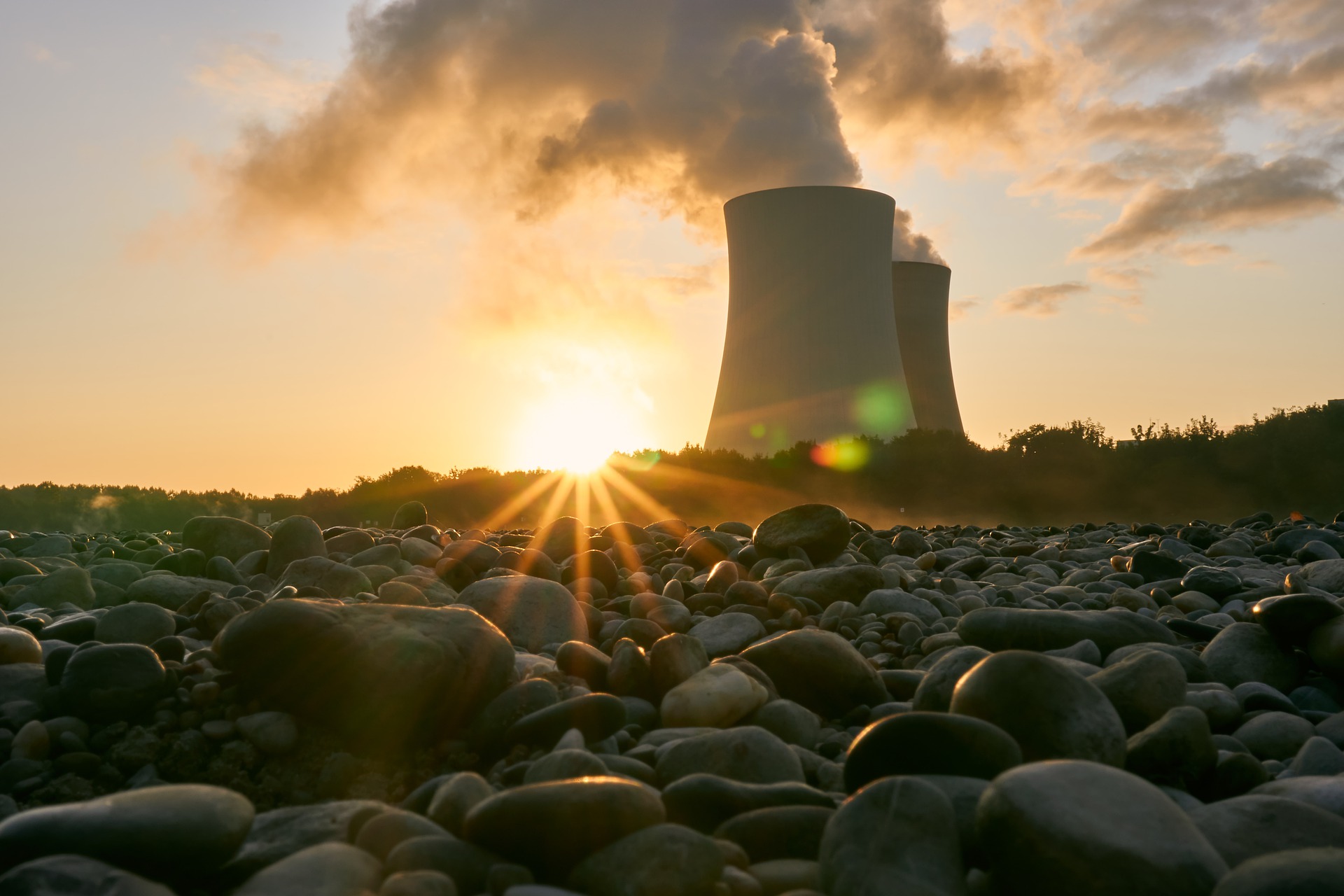Expert Reaction
These comments have been collated by the Science Media Centre to provide a variety of expert perspectives on this issue. Feel free to use these quotes in your stories. Views expressed are the personal opinions of the experts named. They do not represent the views of the SMC or any other organisation unless specifically stated.
Peter Newman is the Professor of Sustainability at Curtin University
This is the final nail in the coffin of potential nuclear power projects. It is now one of the most expensive options.
The price of nuclear power has increased by 26 percent over the last ten years while solar decreased by 89%.
Nuclear has always been the most dangerous option and this confirms that there is no solution to radioactive waste.
Professor Brendan Kennedy is from the School of Chemistry at the University of Sydney
The release of wastewater from the Fukushima reactors is an unfortunate necessity. This water contains tritium – a radioactive form of hydrogen that has a half-life of around 12.5 years – that was produced in the reactors.
The volume of contaminated water makes long-term storage of this impractical (It would need to be stored for between five and eight half-lives or about 100 years before it decays to near background levels).
It is essentially impossible to separate the tritium from the water. Disposal, via release into the nearby ocean is the only viable option for the volume of material. Once diluted in the ocean the tritium will not present a hazard to marine life.
Tony Irwin is an Honorary Associate Professor at the Australian National University. He is Technical Director of SMR Nuclear Technology Pty Ltd and a Past Chair of Engineers Australia Sydney Division Nuclear Engineering Panel
Tritium is found in atmospheric vapour, rainwater, seawater and tap water.
Particularly all nuclear power plants produce tritium during operation and discharge it in accordance with international standards and regulatory limits. These include nuclear power plants in South Korea and China.
Fukushima has around 900 TBq of tritium stored in tanks ( T = 10 power 12). Their regulatory concentration of tritium in seawater is 60,000 Bq/litre.
For comparison, a twin reactor power station in France has an annual discharge limit of 80 TBq/year. In the UK, Heysham power station has an annual limit of 1,200 TBq/year and discharges about 390 TBq/year. Reprocessing plants discharge even more tritium, over 10,000 TBq/year . The stored water at Fukushima could be safely discharged over several years.
The WHO drinking water standard is 10,000 Bq/litre, the standard in Australia is 76,000 Bq/litre. Tritium is a low level beta emitter low hazard, which decays to helium. The standard for just the release of groundwater at Fukushima is 1,500 Bq/litre – several times lower than drinking water standards. Adoption of very low limits gives people the impression that any amount of radiation is dangerous, whereas we safely live with radiation every day.
As recommended by the IAEA, Japan could follow international practice and discharge this water over a period of years without harm to people or the environment.
Associate Professor Nigel Marks is a researcher in the Discipline of Physics & Astronomy at Curtin University
The optics are terrible, but the Japanese government is actually doing the right thing in releasing treated wastewater from the Fukushima plant into the ocean. The stricken power plants still need to be cooled, generating an ever-increasing amount of water containing radioactive hydrogen, also known as tritium.
Temporary storage tanks are bursting at the seams, and the radioactive water has to go somewhere. By diluting the tritium/water mixture with regular sea water, the level of radioactivity can be reduced to safe levels comparable to those associated with radiation from granite rocks, bore water, medical imaging, airline travel and certain types of food.



 Australia; NSW; WA
Australia; NSW; WA


